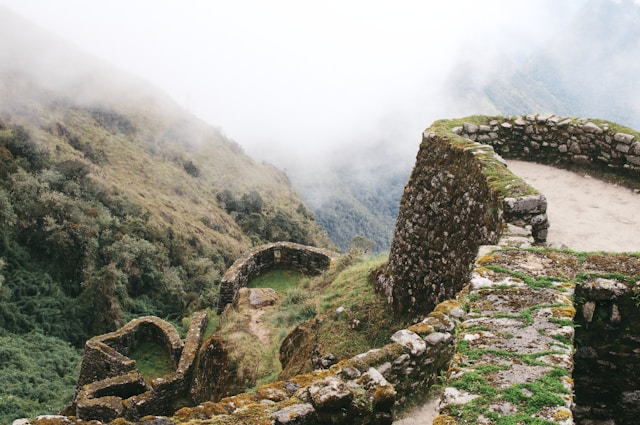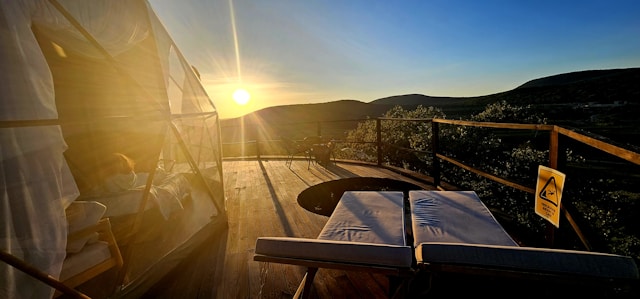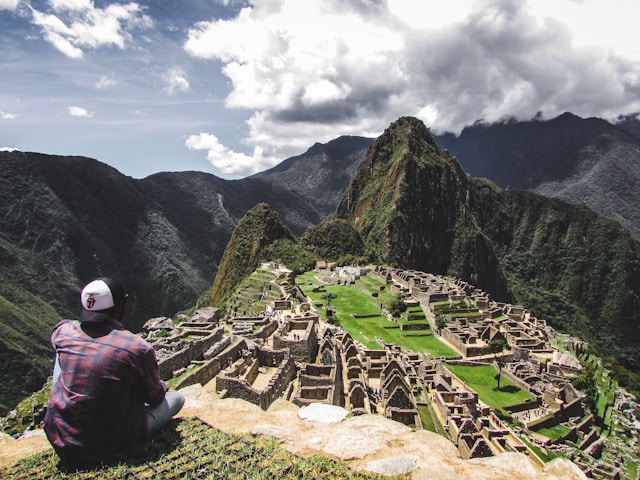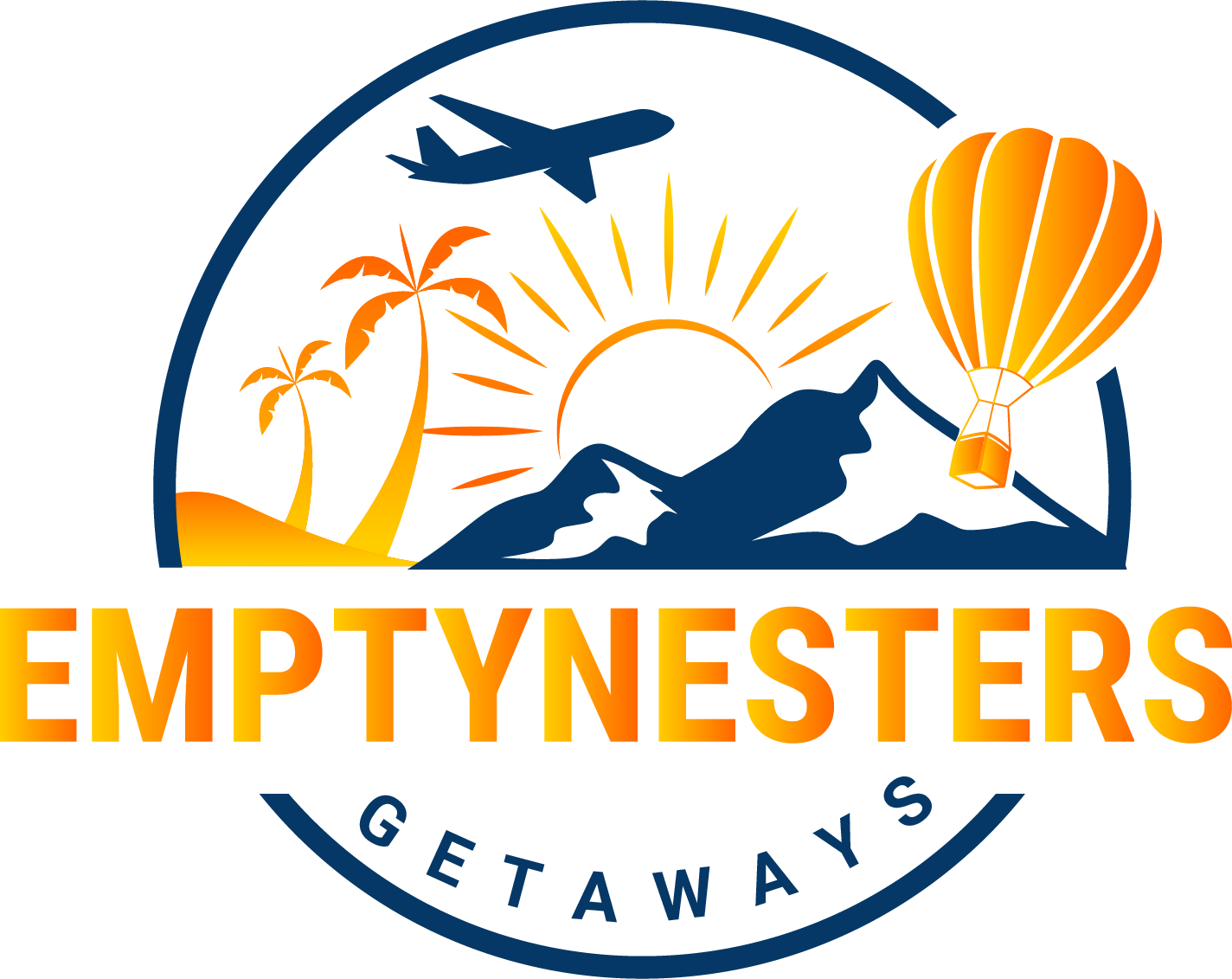When most people picture the Inca Trail, they think of basic tents and sleeping bags. That’s not the only way. Inca Trail luxury trekking gives you real comfort along the journey—without skipping the adventure.
Some high-end options now offer lodge-to-lodge trekking, where your bed has sheets, your bathroom is private, and your coffee is hot. These are not five-star resorts, but they’re far from rustic. One standout option is the Mountain Lodges of Peru route, which combines cultural stops with cozy lodges in scenic spots.
This kind of experience fits travelers who want a connection to the outdoors without sacrificing sleep, warmth, or privacy. Some treks even include hot tubs and local wines at the end of the day.

Comfort Doesn’t Cancel Culture on the Inca Trail
You don’t lose the cultural side of the experience with Inca Trail luxury trekking. In fact, you might get more of it. Many upgraded treks include visits to smaller ruins that big tour groups often skip. Guides have more time to share stories. Meals often include traditional dishes, prepared by local chefs who travel with your group.
It’s a style of travel similar to exploring hidden corners of the Amalfi Coast. There, smaller walking tours help you find the kinds of outdoor luxury experiences most people miss. The same idea applies to the Inca Trail. You cover less distance in a day, but experience more along the way. See more about that kind of experience here: Amalfi Coast Outdoor Luxury for Empty Nesters.
On some itineraries, you’ll stop at weaving villages and local markets between hiking days. These aren’t just filler stops. They’re part of the rhythm of travel through this region.
Glamping is a Thing—and It’s Worth It

If lodges feel too fixed, there’s another way: glamping. On Inca Trail luxury trekking, some outfitters set up private tents with real beds, solar-powered showers, and meals served under canvas dining tents. Think of it like a high-end safari, but in the Andes.
You won’t be packing your own gear or boiling your own water. Staff handle all of that. This kind of setup is popular with travelers who loved their Luxury Lake Como Vacation but still want a touch of adventure.
Glamping lets you keep a sense of movement without giving up comfort. It’s also a way to enjoy the stars and mountain air while still getting a full night’s rest.
The Details That Make a Difference
One reason many travelers choose Inca Trail luxury trekking is the attention to detail. These trips often include warm towels after long hikes, personalized menus based on your preferences, and portable toilets that don’t involve a hole in the ground.
Don’t underestimate the peace of mind this brings. Small comforts can make a big impact when you’re walking for days. Think about how much better you feel when you’re staying somewhere thoughtful, like the properties featured in our take on Luxury Travel Costa Rica: Hidden Gems Revealed.
And if you’re used to the level of service you’d find on a luxury Sumba vacation, you’ll appreciate that kind of planning and polish here too.
It’s Not Just the Sleep—It’s the Style
There’s something about finishing a hike and being welcomed with fresh juice, warm water to wash up, and a view over the Sacred Valley that feels unforgettable. The people who book Inca Trail luxury trekking want to enjoy the full range of what Peru offers—history, nature, food, and relaxation. Not just mileage.
Luxury travel has evolved. You can now hike in style, just like you might experience in our Hawaii luxury leisure trips, which balance relaxation with discovery.
With the right approach, you can walk the Inca Trail in comfort and still come away with a deep, rich connection to Peru. It’s not about skipping the work. It’s about choosing the right kind of challenge—with a reward that fits your style.
Why Timing Changes Everything on the Inca Trail

The time of year you choose for Inca Trail luxury trekking can completely shape the experience. Peru has two main seasons: dry and wet. The dry season runs from May through October. The weather is more predictable, but trails are often crowded. Wet season (November through April) brings lush landscapes and fewer tourists, but also rain and slipperier paths.
Many travelers prefer shoulder months like April or late September. The weather is still reasonable, and crowds thin out. Planning around holidays helps too. Booking a few days before or after high season lets you enjoy the same landscapes with more peace and quiet.
If you’re not tied to school calendars or work schedules, you have a real advantage. You can pick the perfect window, enjoy mild temperatures, and still have access to great guides and services. This kind of strategic planning turns a good trip into a great one.
Don’t Skip Acclimatization—Your Comfort Depends on It
Altitude affects everyone differently. Even fit hikers can feel off at high elevations. Cusco sits at over 11,000 feet, and the Inca Trail includes passes well above 13,000 feet.
Smart travelers arrive in Cusco at least two to three days before their trek begins. During that time, walk slowly, drink lots of water, and avoid heavy meals. Local remedies like coca tea can help ease mild symptoms. Luxury itineraries often include light activities like market tours or cooking classes in Cusco to help you adjust while still enjoying your time.
The key is not to rush. Give your body space to adapt. The better you feel, the more you’ll enjoy the views, the history, and the effort you’re putting in on the trail.
Food on the Inca Trail Is Worth Talking About
You won’t be eating energy bars and peanut butter sandwiches. Inca Trail luxury trekking includes real meals prepared by trained chefs. Think fresh trout, quinoa dishes, and warm soups at altitude.
Each day begins with a hot breakfast and ends with a three-course dinner. Many menus are based on local ingredients and can be customized to your dietary needs. Some chefs even bring portable ovens for baked goods.
Mealtime is more than fuel. It’s a time to relax, reflect, and talk about what you saw that day. Sharing a good meal with a small group of like-minded travelers becomes a highlight, not just a necessity.
Great Guides Make It Personal
Guides aren’t just there to keep you on the trail. They shape the tone of your whole experience. The best ones blend knowledge with patience, humor, and insight.
Luxury treks often offer guides with deep local roots and advanced training. Many are fluent in multiple languages and have backgrounds in history, ecology, or anthropology. They know when to step in and when to let the silence of the trail speak for itself.
Choosing a trek with private or small-group guiding options gives you more control over the pace and focus. You can ask questions, change the schedule slightly, or spend longer at a site that fascinates you.
Permits Are Limited, So Book Early

The Peruvian government strictly limits the number of daily permits for the Inca Trail. Once they’re gone, they’re gone. Luxury trekking companies handle permits for you, but you still need to plan ahead.
Peak months (May to September) sell out six months or more in advance. If you want specific dates, book as early as possible. Some people consider alternate trails like the Lares or Salkantay, but these don’t go through the Sun Gate.
Inca Trail luxury trekking isn’t something to book last minute. It’s an experience to look forward to—and one that rewards careful, early planning.
What to Pack—and What to Leave
Packing smart helps you feel more comfortable on the trail. You won’t need a huge pack, but a few things make a big difference. Bring layers that breathe and dry quickly. Good hiking shoes with ankle support are a must. A small daypack lets you carry water, snacks, and personal items.
Leave bulky gear and heavy extras behind. Most luxury treks include porters or pack animals to carry what you need between camps. Ask in advance if you need to bring a sleeping bag, walking sticks, or toiletries—or if they’re provided.
Sun protection matters. Bring a wide-brimmed hat, sunglasses, and strong sunscreen. Even in cooler months, the high-altitude sun is intense.
Planning for Downtime and Recovery
Your trip doesn’t end at Machu Picchu. Plan to give yourself a few days afterward to relax. Many travelers head to the Sacred Valley, the hot springs in Aguas Calientes, or a boutique hotel back in Cusco.
Massage services, easy walking tours, and relaxed meals help you enjoy what you accomplished without diving straight back into travel stress. This kind of soft landing is part of what makes Inca Trail luxury trekking feel complete.
Some travelers even pair this trip with a longer itinerary—like a few days in the Amazon Basin or a stop in Lima for coastal food and art. Think of it as the closing chapter to a powerful travel story.


Leave a Reply